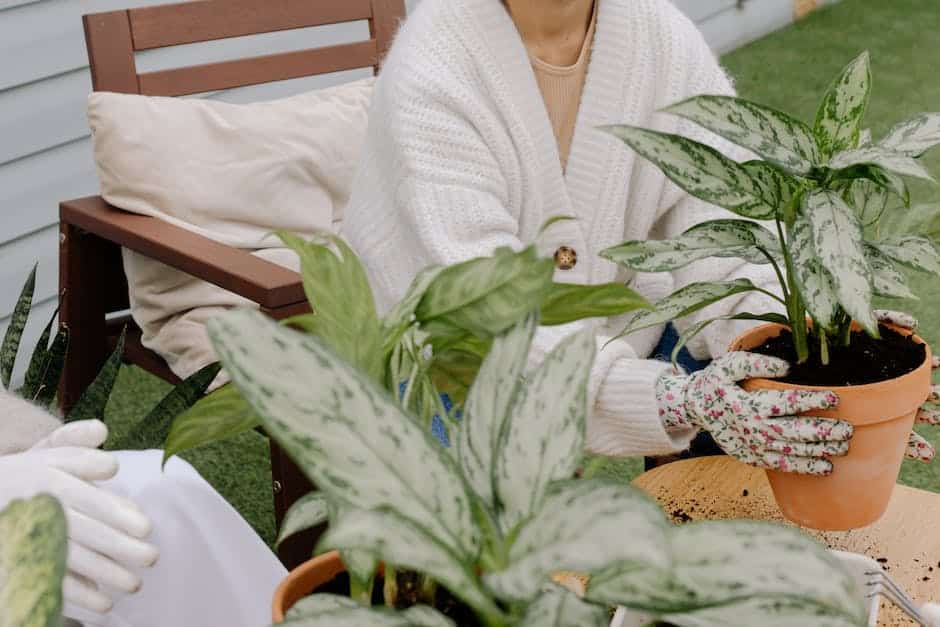How to Set Up a Planter Box: A Comprehensive Guide
If you’re looking to add some greenery to your outdoor space or grow your own vegetables, setting up a planter box is a great option. Planter boxes provide a convenient and efficient way to cultivate plants, whether you have a small balcony, a patio, or a backyard garden. In this comprehensive guide, we will walk you through the step-by-step process of setting up a planter box, including the best location, container selection, soil preparation, planting, and maintenance.
1. Choosing the Right Location
The first step in setting up a planter box is selecting the right location. The choice of location largely depends on the type of plants you want to grow. Leafy and root vegetables can tolerate partial shade, while fruits, fruiting vegetables, and flowers need at least five hours of direct sunlight daily.
2. Selecting a Suitable Container
Once you have identified the ideal location, it’s time to choose a container for your planter box. Wood is a popular choice due to its natural aesthetic appeal, but it’s important to avoid pressure-treated wood when growing food crops as the chemicals can leach into the soil. Other options include plastic, ceramic, and metal containers. Consider the size of the container based on the space available and the plants you intend to grow.
3. Obtaining the Right Soil and Plants
Next, you’ll need to obtain potting soil and the plants you wish to grow. It’s recommended to use a high-quality potting mix specifically designed for planters and containers. This type of soil provides excellent drainage and nutrient availability for your plants. Visit a nearby nursery to purchase healthy, disease-free plants. Look for dwarf varieties that take up less space and are suitable for container gardening.
4. Setting Up the Planter Box
Before filling the planter box, it’s important to set it up in the chosen location. Ensure that the container has drainage holes to prevent water from pooling and causing root rot. Line the bottom of the container with small rocks or pieces of broken pottery to improve drainage. Fill the planter box with potting soil, leaving about half an inch of space from the top.
5. Planting Your Vegetation
Now it’s time to plant your chosen vegetation in the planter box. Follow the instructions on the seed packet or seedling label for proper planting depth and spacing. If necessary, label the plants to keep track of their names and varieties. After planting, lightly water the soil, making sure not to over-soak it.
6. Maintaining Your Planter Box
Proper maintenance is crucial for the success of your planter box. Regular watering is essential, as container gardens tend to dry out quickly. Monitor the moisture level of the soil and water as needed, ensuring that the soil remains evenly moist but not waterlogged. Fertilize your plants according to the manufacturer’s instructions, taking care not to overfertilize. Provide supports such as tomato cages for plants that require them. Adjust seedling spacing once they have three leaves showing.
7. Choosing Suitable Plants for Planter Boxes
Not all plants thrive in planter boxes, so it’s important to choose suitable varieties. Compact plants designed for patio living work well in confined spaces. Consider the size of the plants when fully grown and their compatibility with other crops in the planter box.
Related Websites:
FAQs:
Q: What are the benefits of using a garden planter box?
Using a garden planter box offers several benefits, including better control over soil quality, efficient use of space, protection against pests, and the ability to grow plants in areas with limited or no soil.
Q: What factors should I consider when selecting a planter box?
When selecting a planter box, it is important to consider the size and material based on the type of plants you wish to grow. Additionally, factors such as sunlight exposure, accessibility, and drainage should be taken into account.
Q: How do I assemble a planter box?
To assemble a planter box, you can follow these steps: 1. Connect the sides, bottom, and any additional elements like legs or trellises. 2. Use screws, nails, or brackets for secure assembly.
Q: How do I prepare a planter box for planting?
To prepare a planter box for planting, follow these steps: 1. Add drainage holes to prevent waterlogging. 2. Consider lining the planter box with a plastic liner to protect the material.
Q: How should I water and maintain plants in a planter box?
When watering plants in a planter box, monitor moisture levels and avoid over or under-watering. Regular fertilization and pruning are also important for maintenance.






